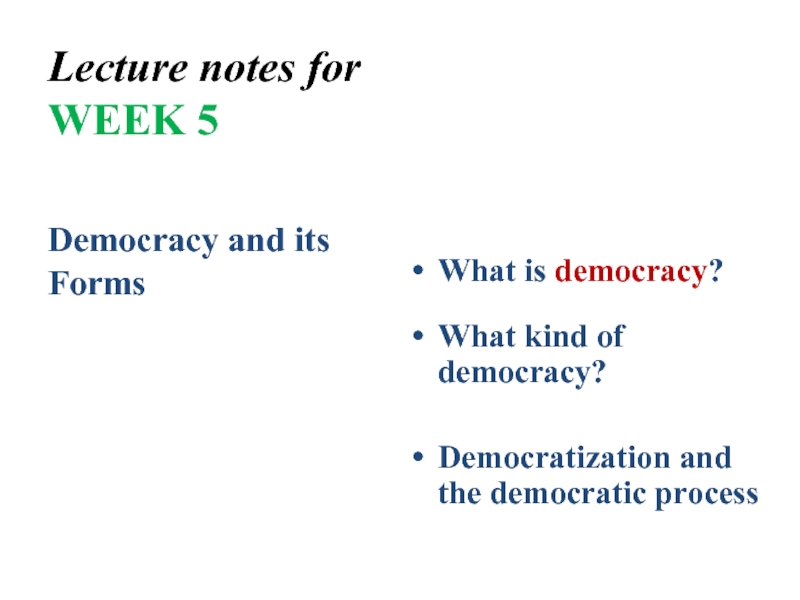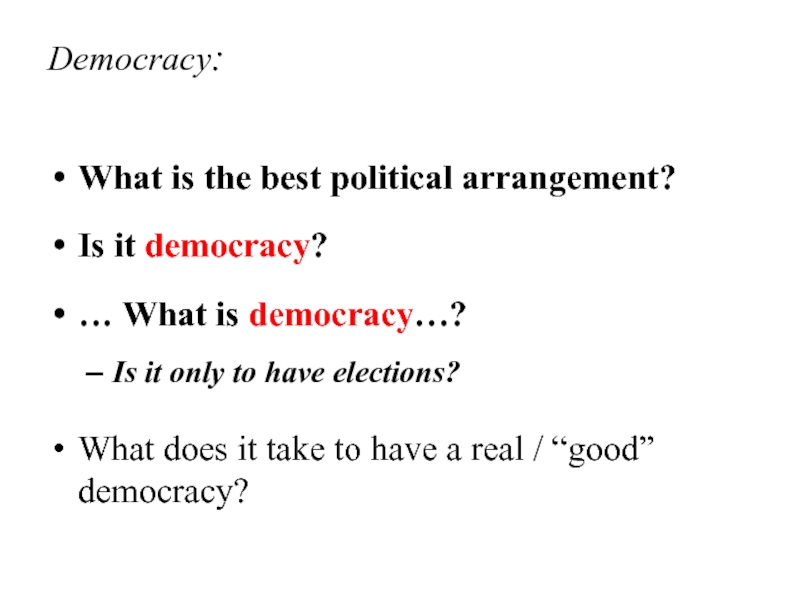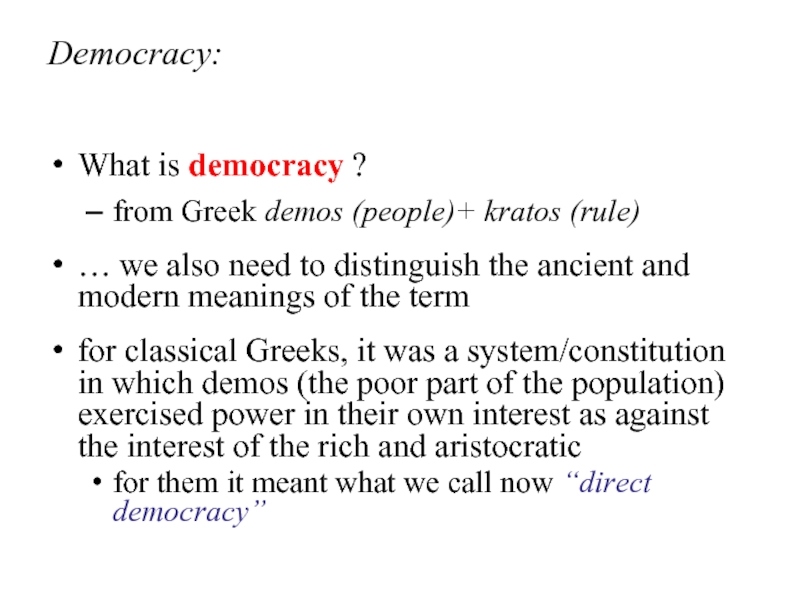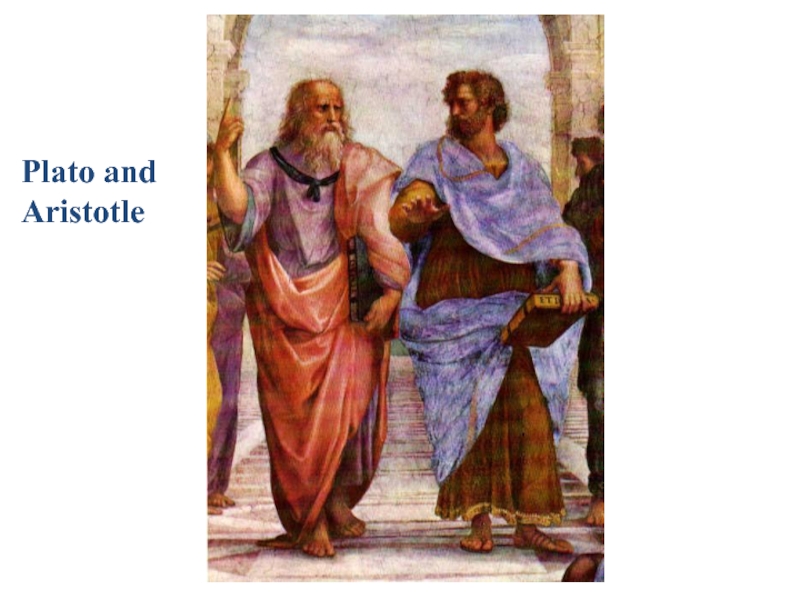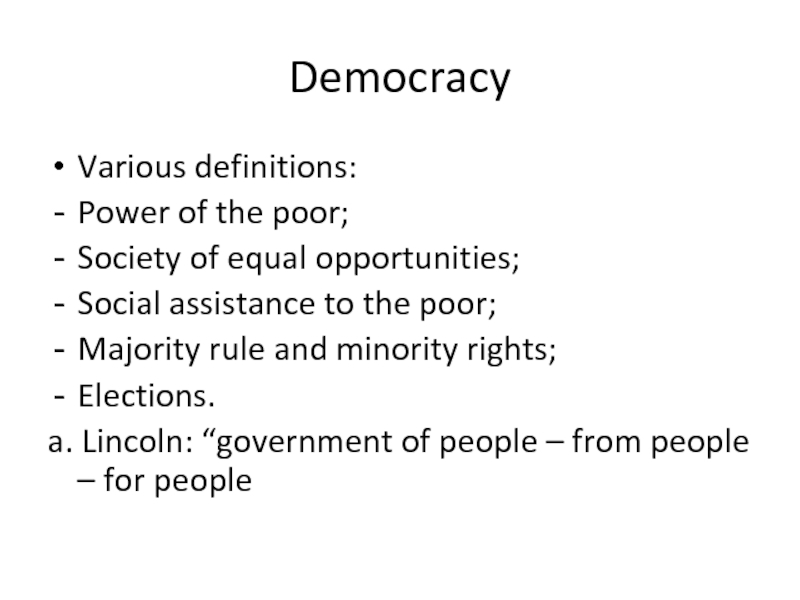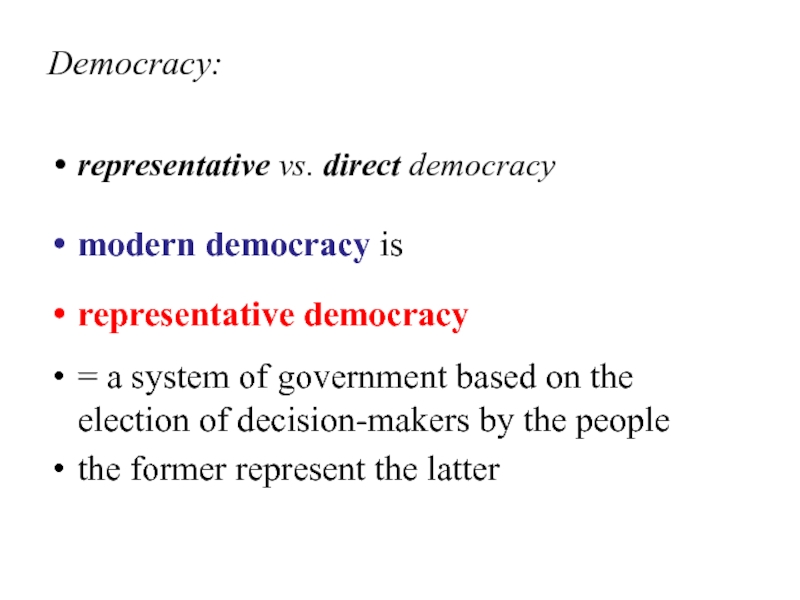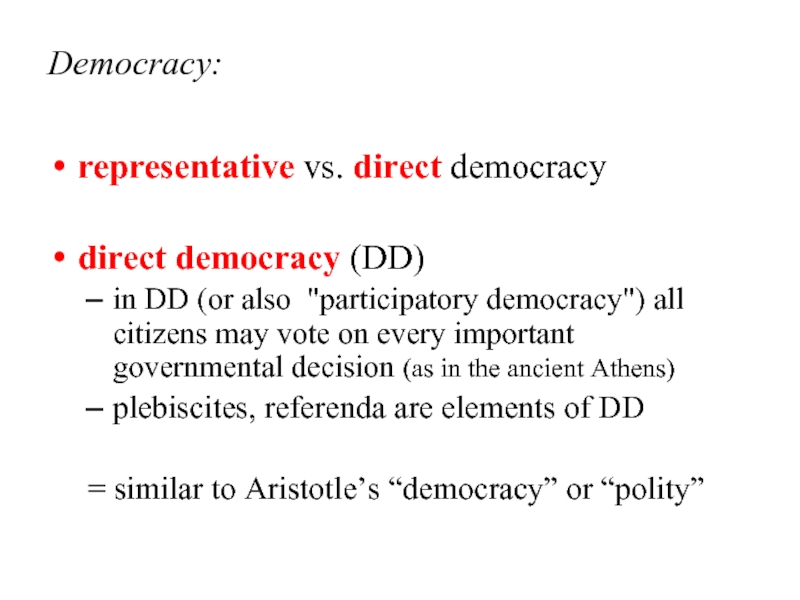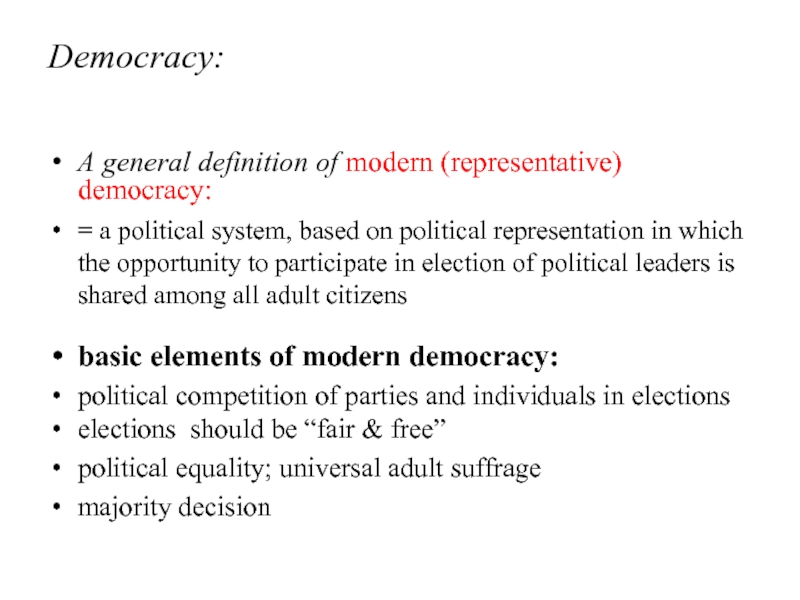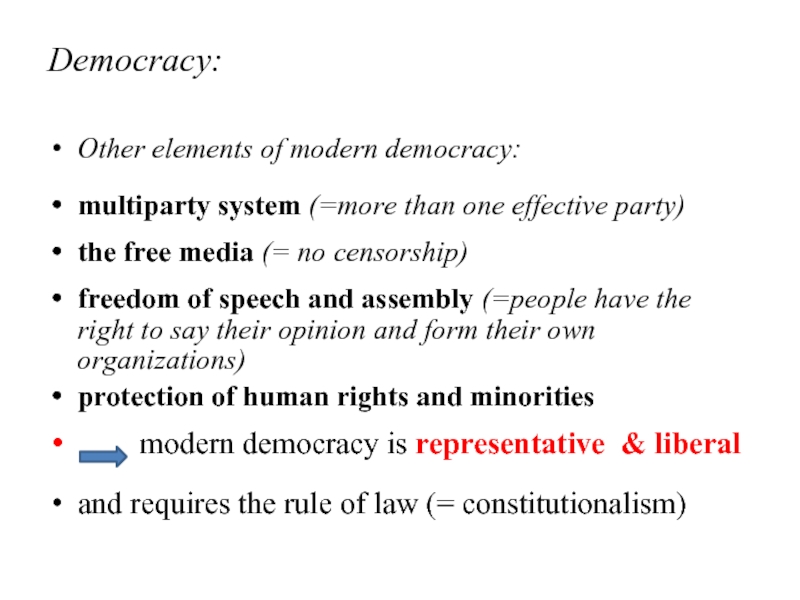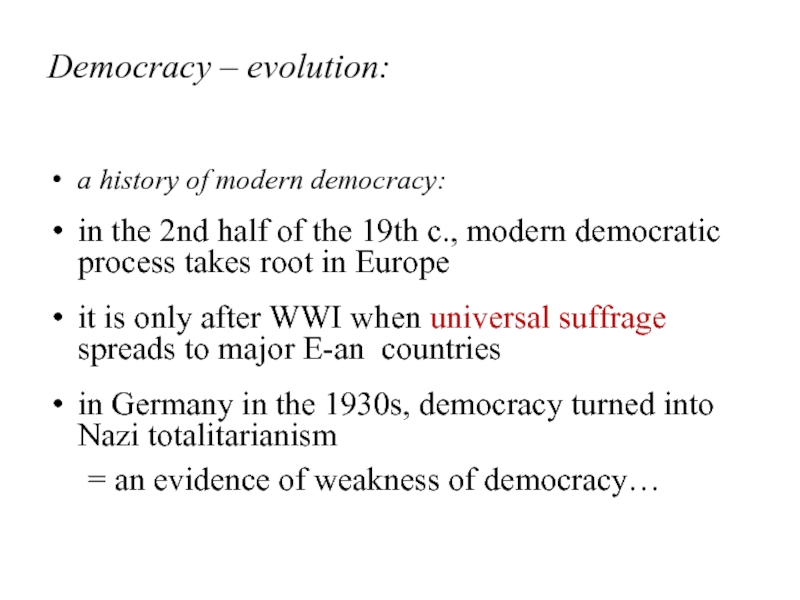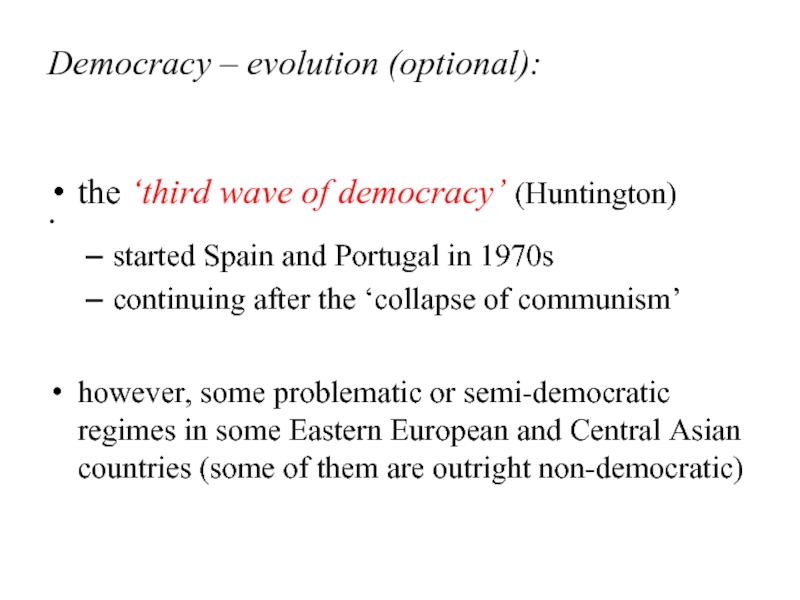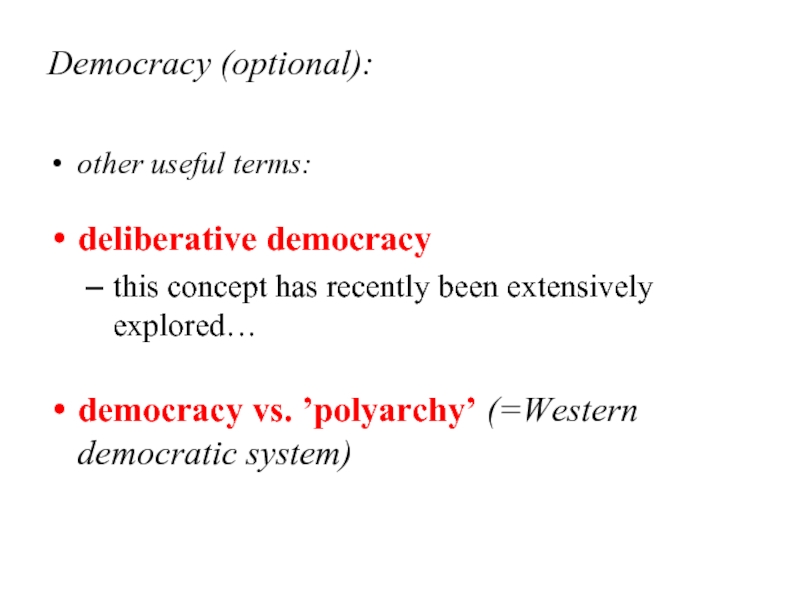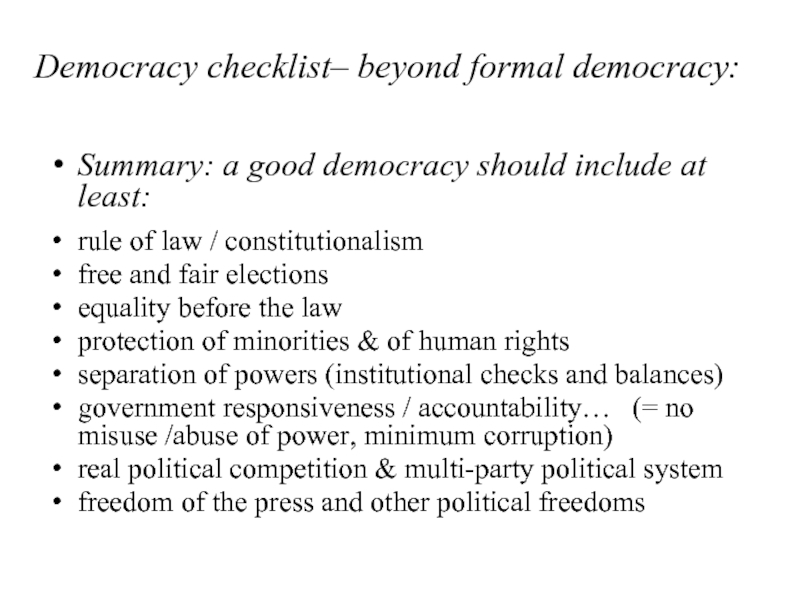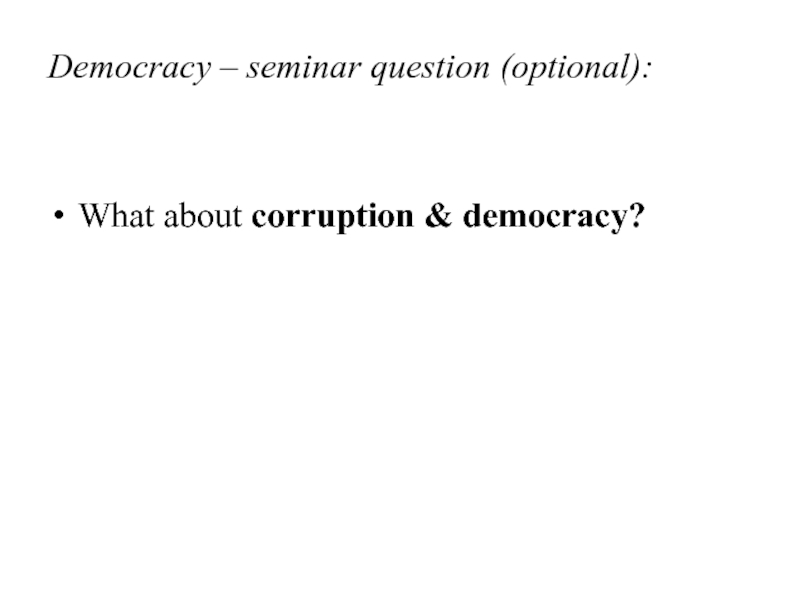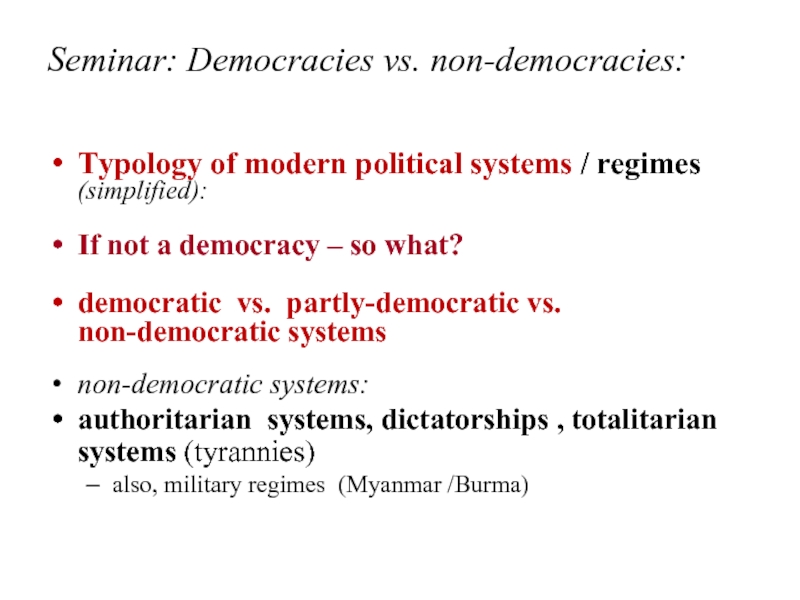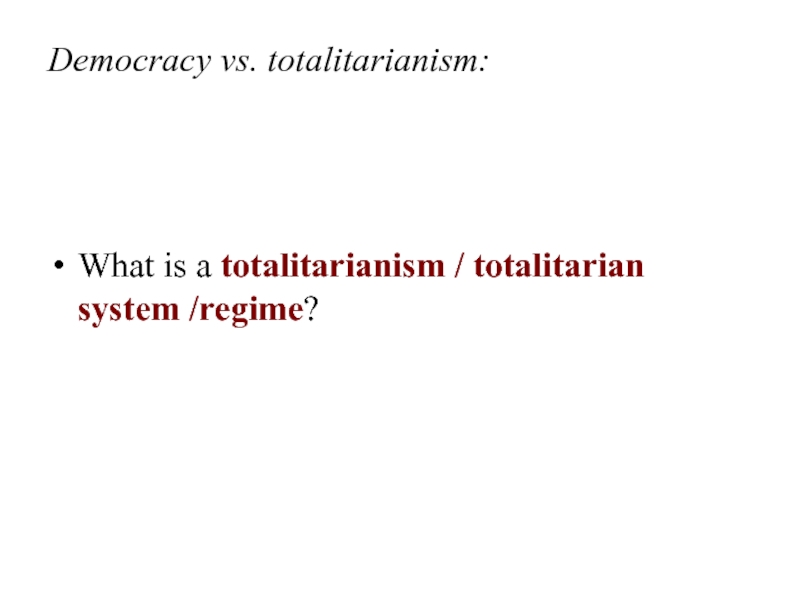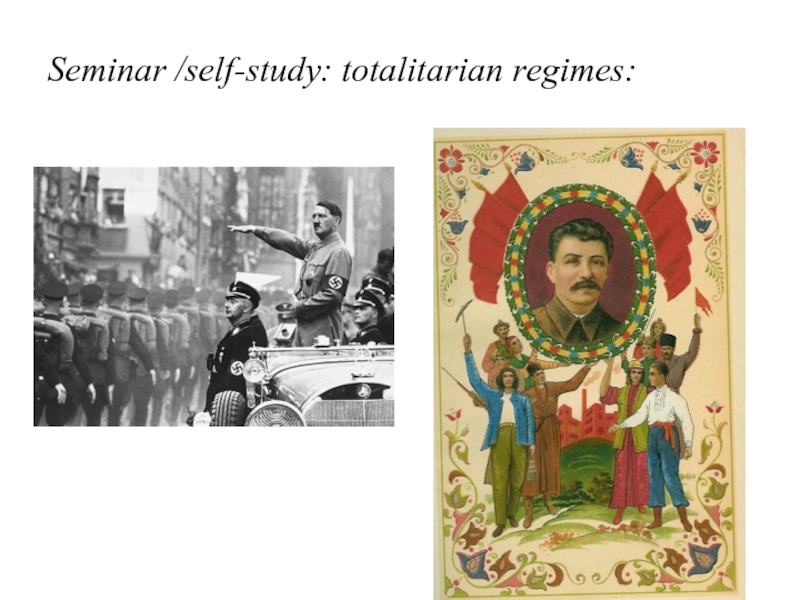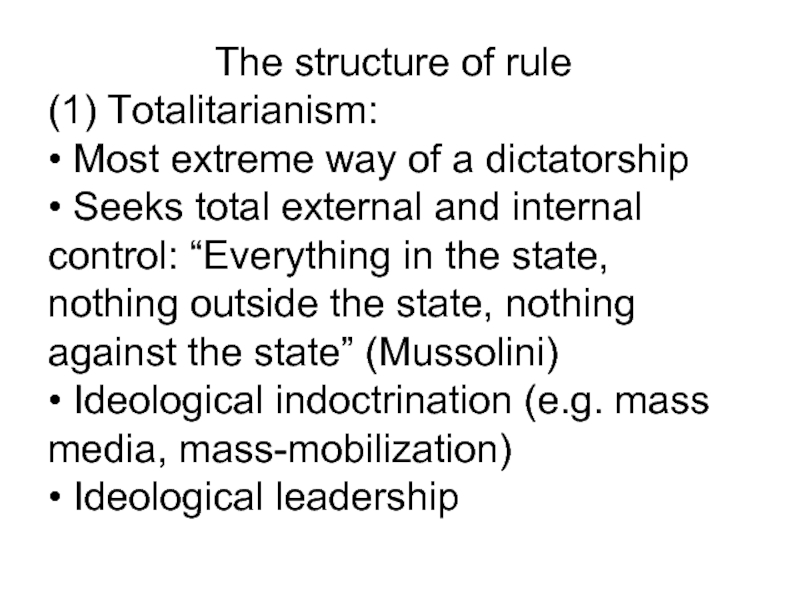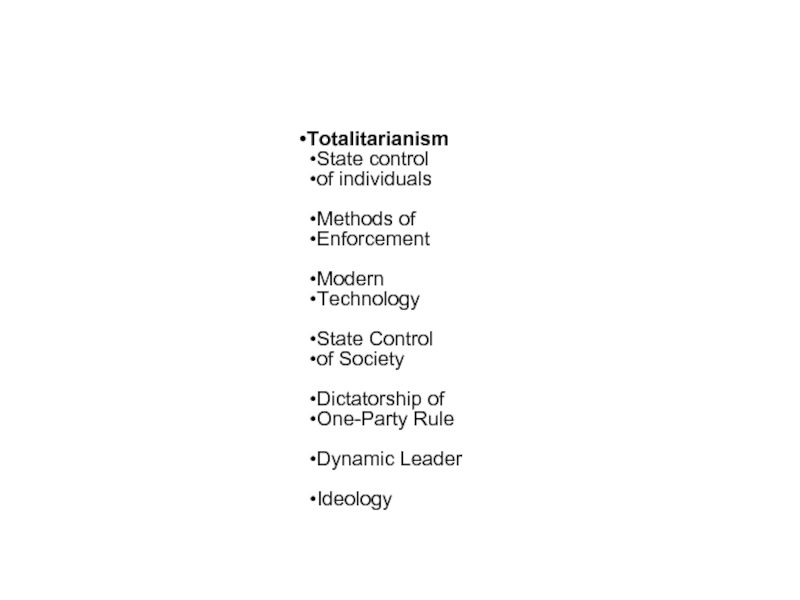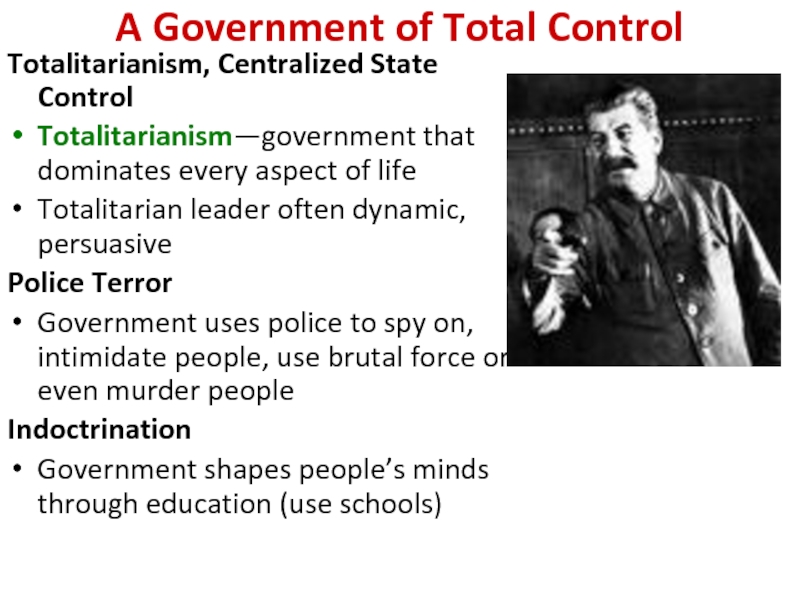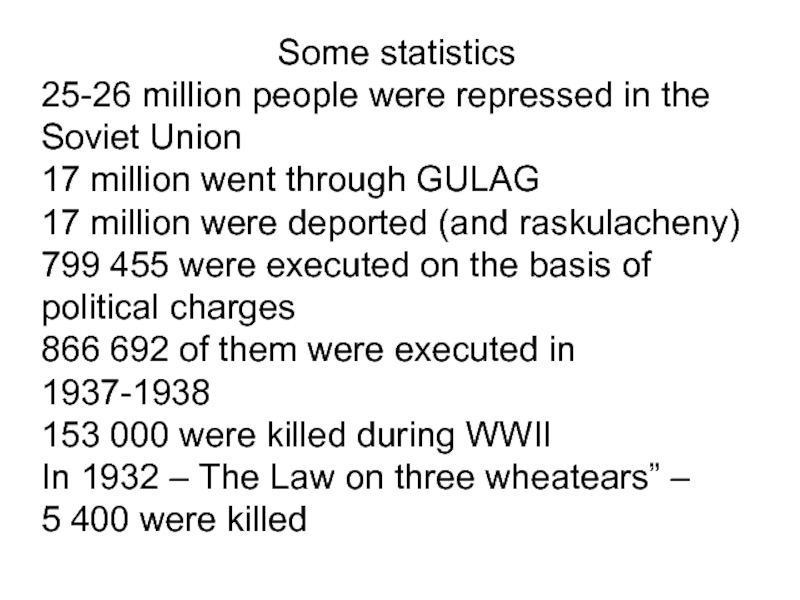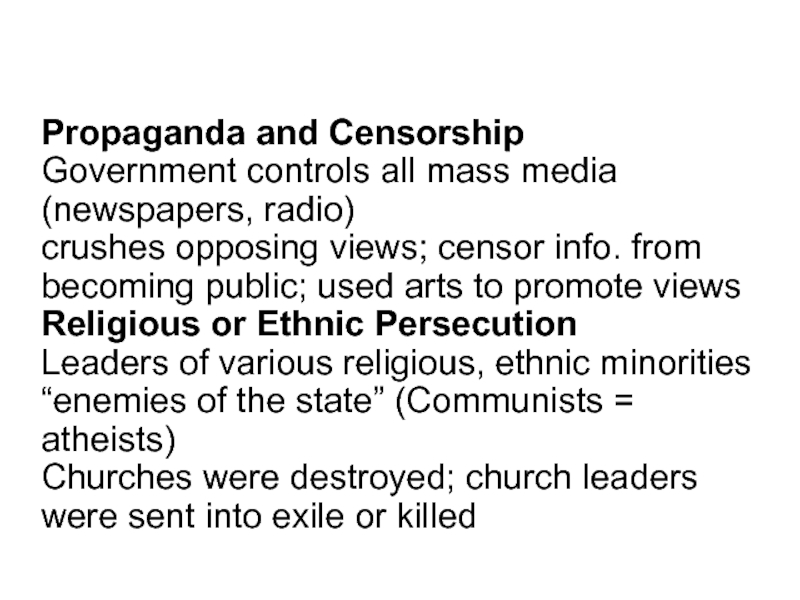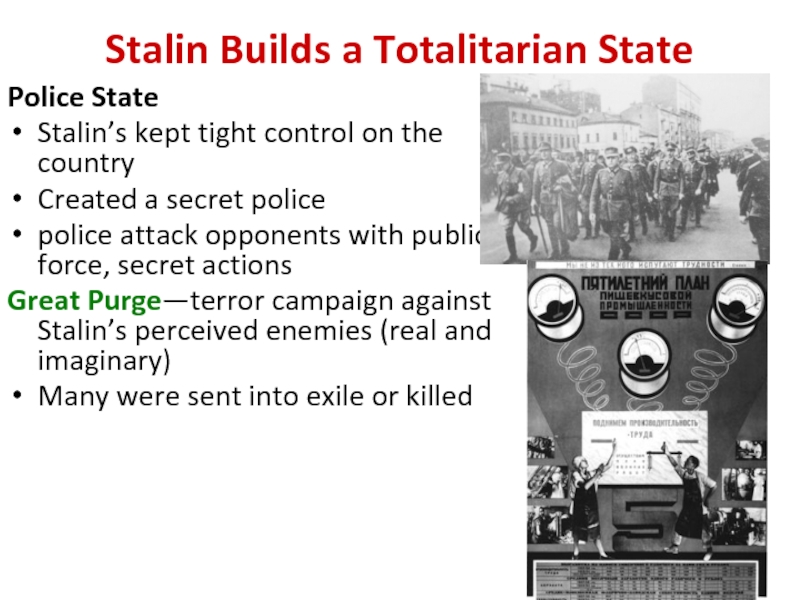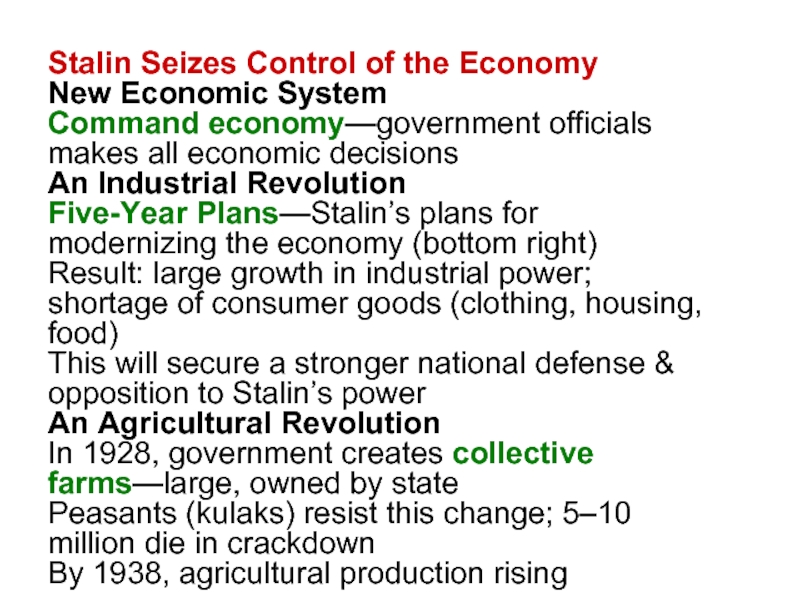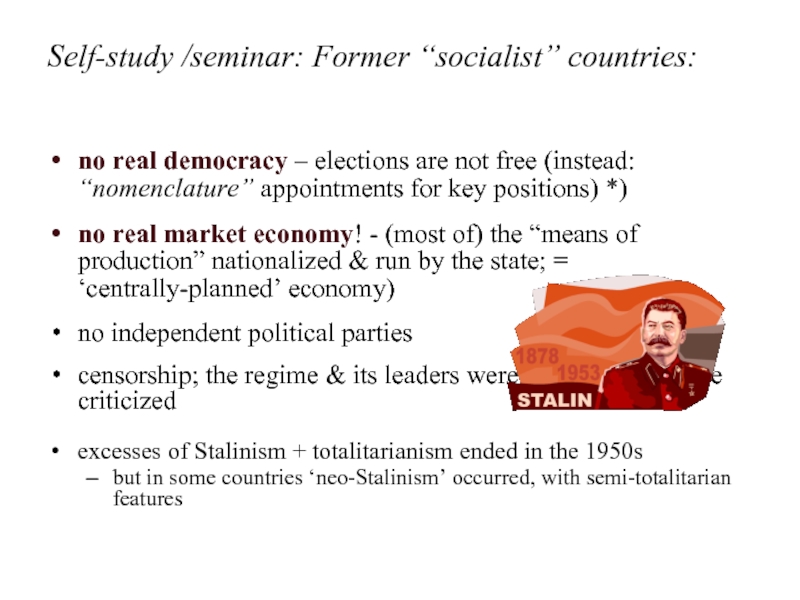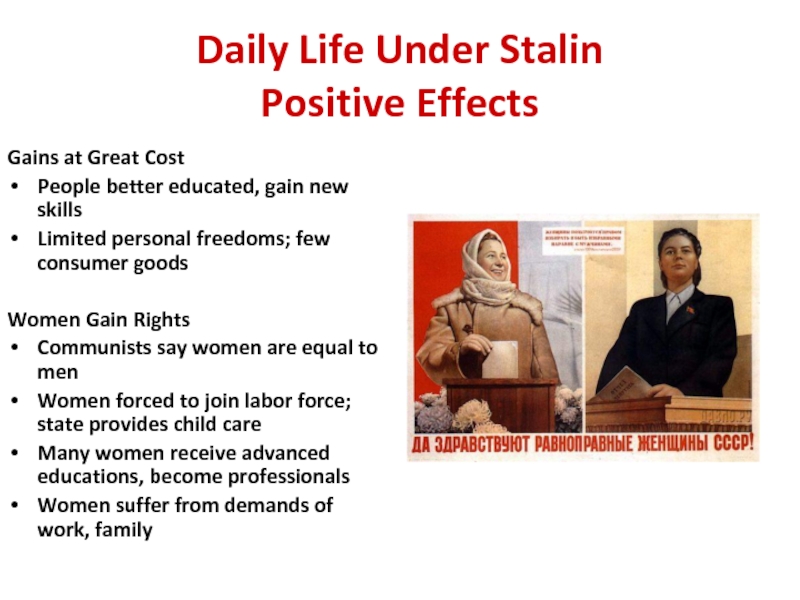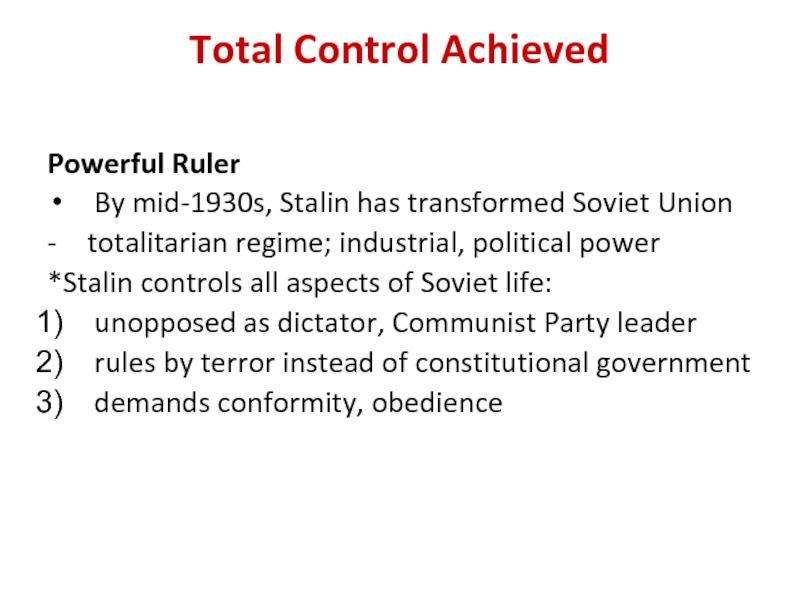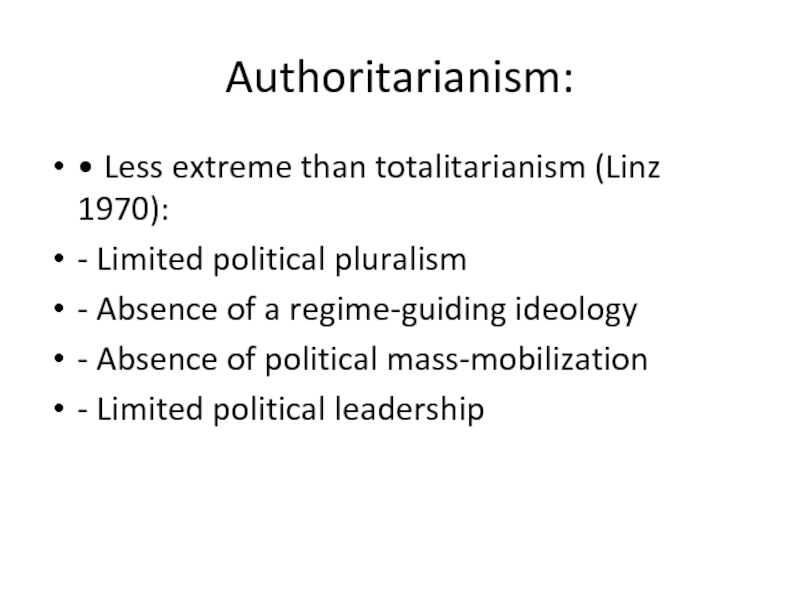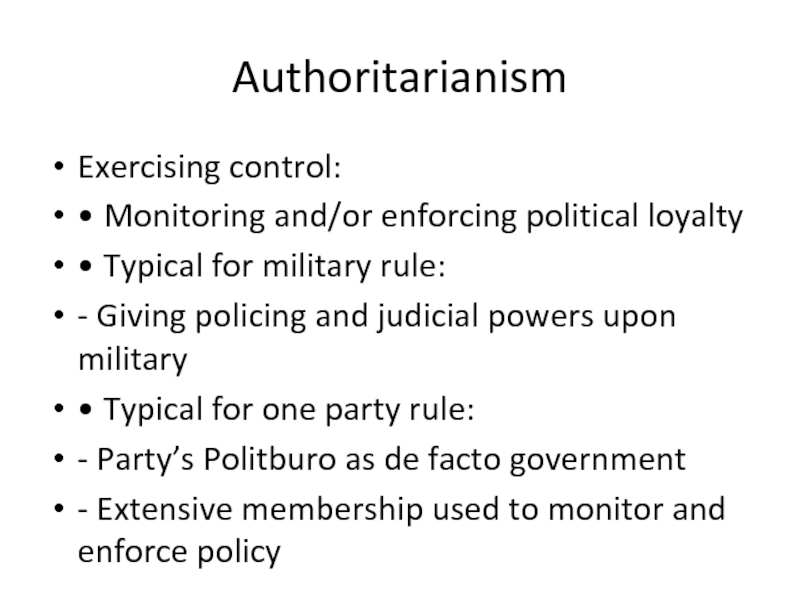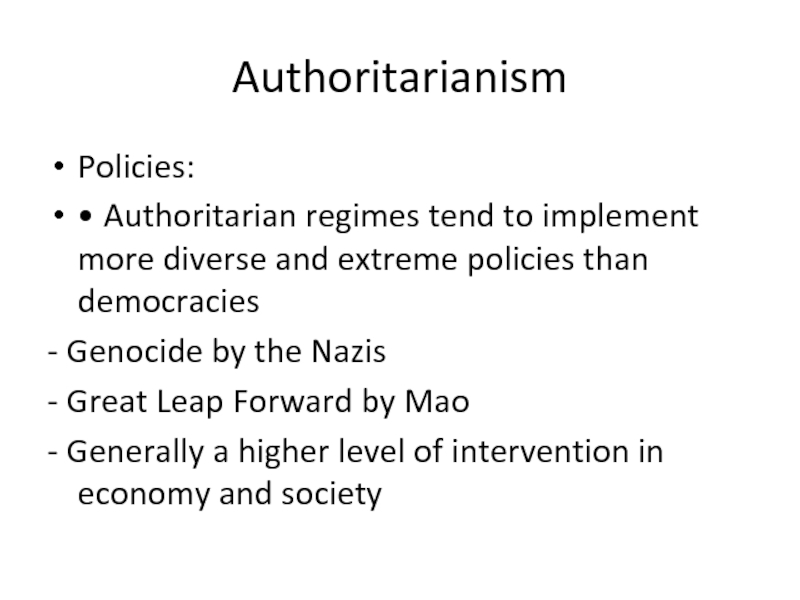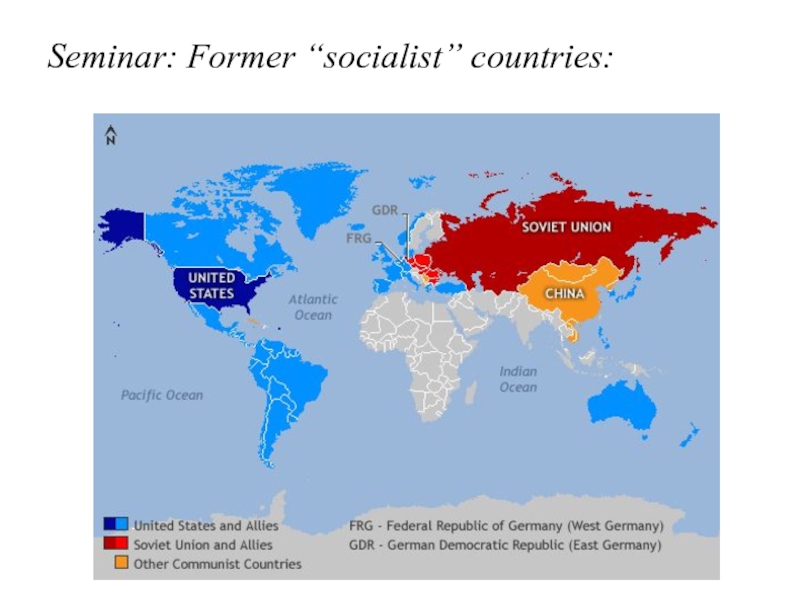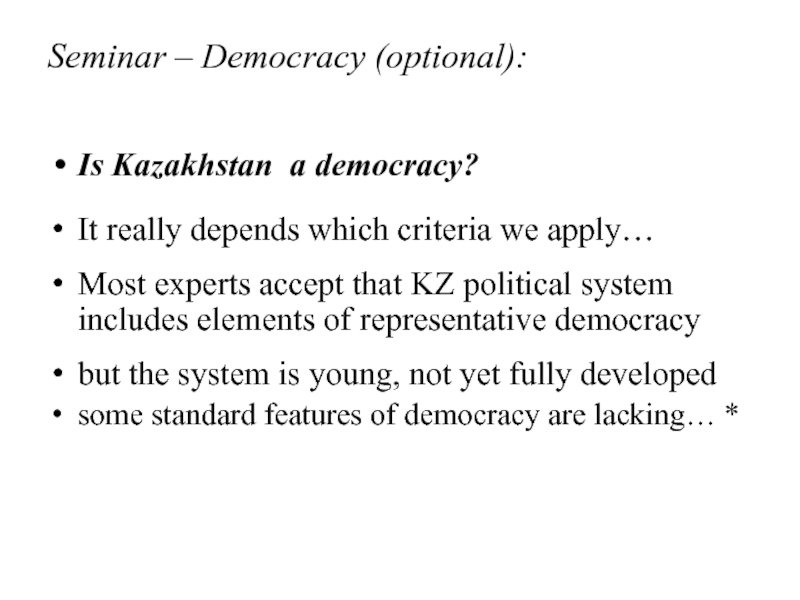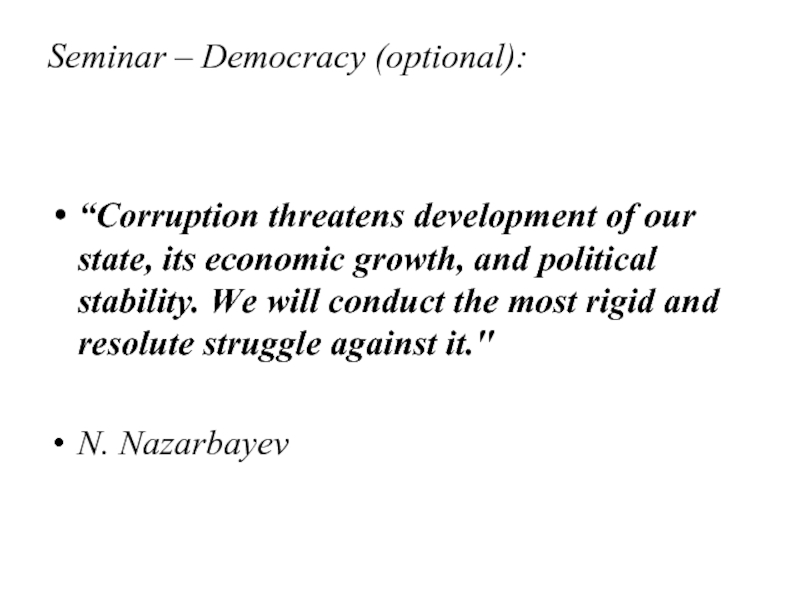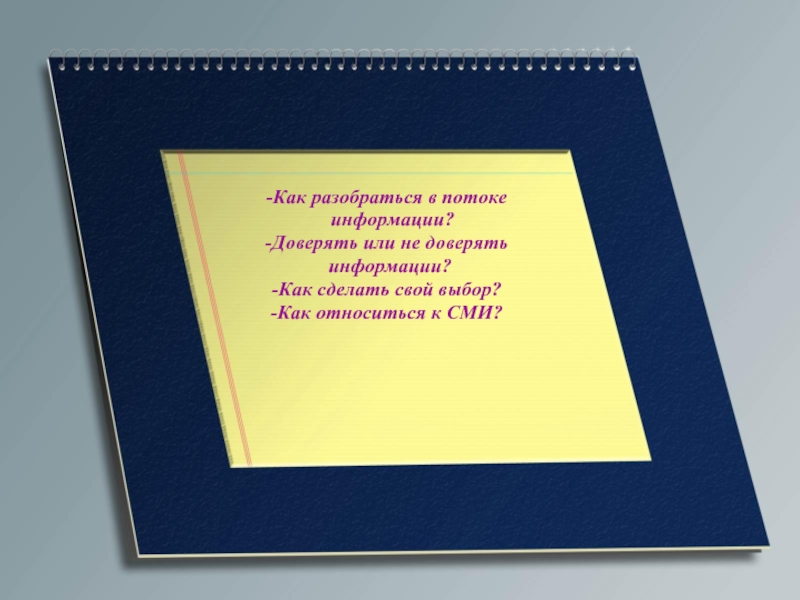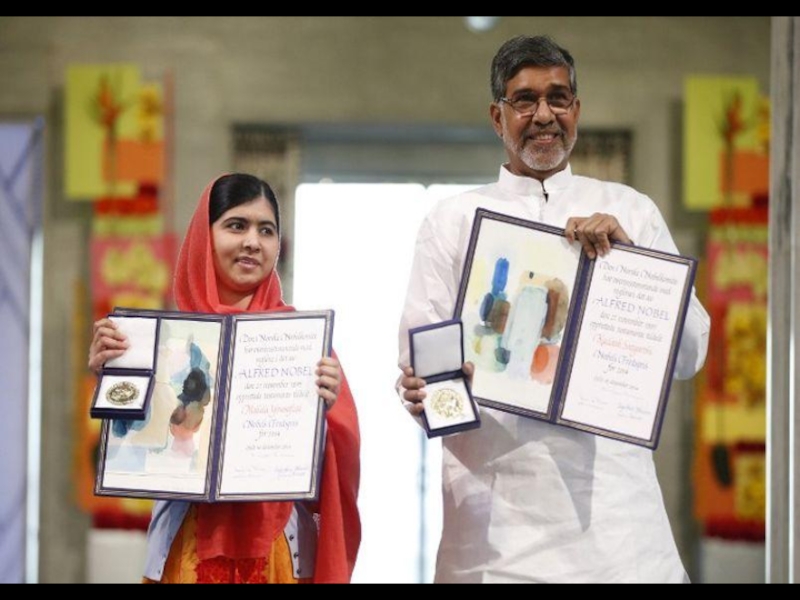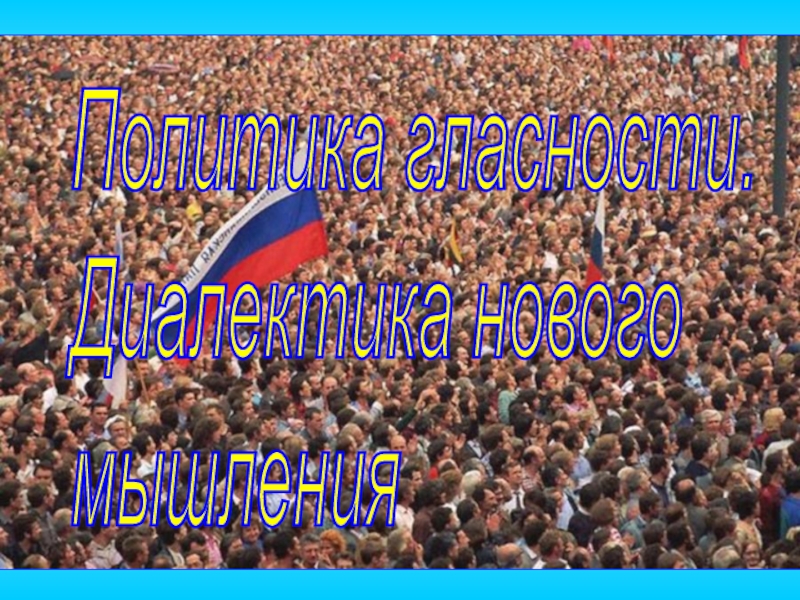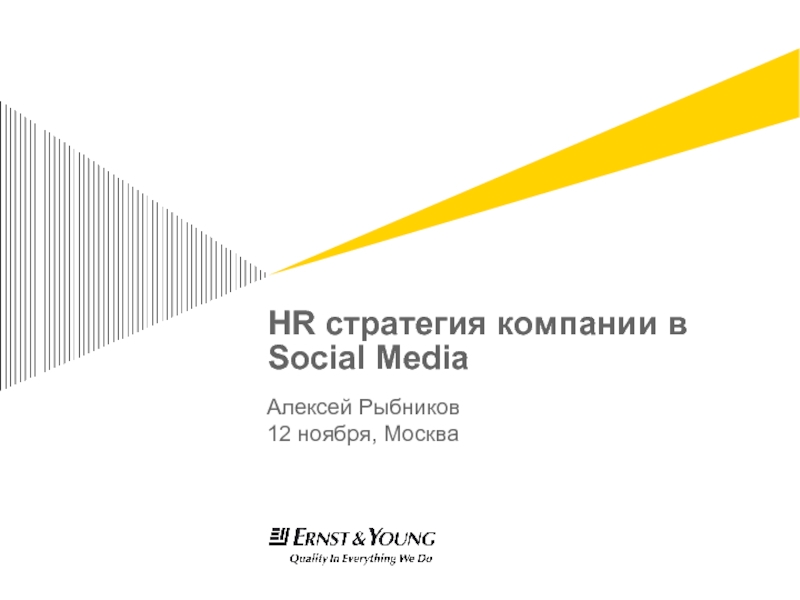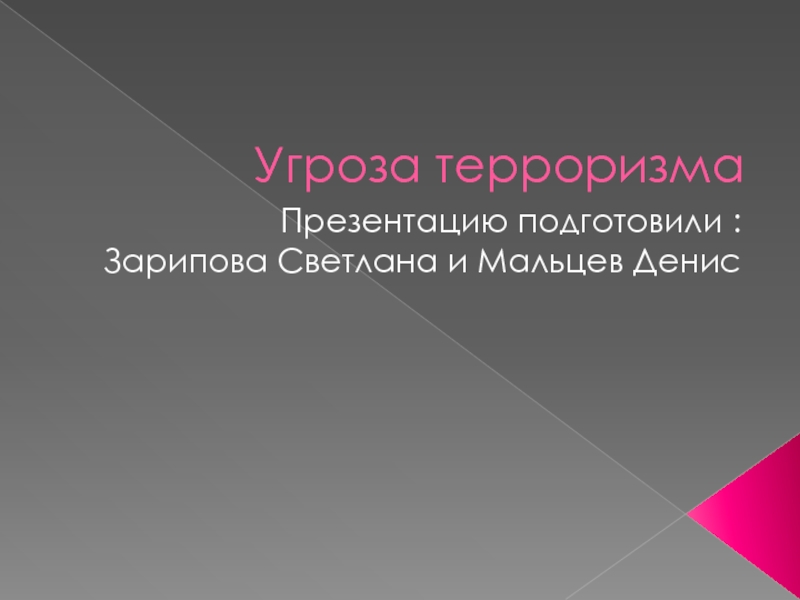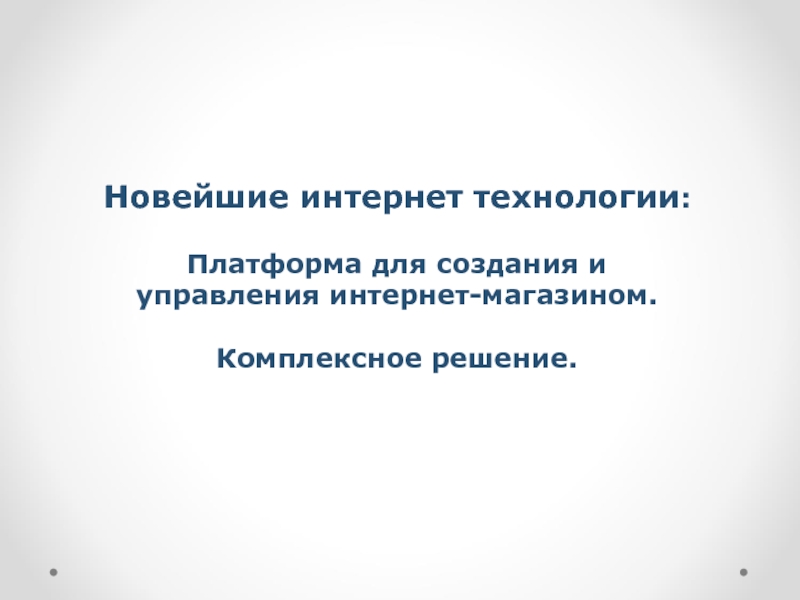Democracy and its Forms
- Главная
- Разное
- Дизайн
- Бизнес и предпринимательство
- Аналитика
- Образование
- Развлечения
- Красота и здоровье
- Финансы
- Государство
- Путешествия
- Спорт
- Недвижимость
- Армия
- Графика
- Культурология
- Еда и кулинария
- Лингвистика
- Английский язык
- Астрономия
- Алгебра
- Биология
- География
- Детские презентации
- Информатика
- История
- Литература
- Маркетинг
- Математика
- Медицина
- Менеджмент
- Музыка
- МХК
- Немецкий язык
- ОБЖ
- Обществознание
- Окружающий мир
- Педагогика
- Русский язык
- Технология
- Физика
- Философия
- Химия
- Шаблоны, картинки для презентаций
- Экология
- Экономика
- Юриспруденция
Democracy and its Forms. (Week 5) презентация
Содержание
- 1. Democracy and its Forms. (Week 5)
- 2. Democracy: What is the best political
- 3. Democracy: What is democracy ? from
- 4. Plato and Aristotle
- 5. Democracy Various definitions: Power of the poor;
- 6. Democracy: representative vs. direct democracy modern
- 7. Democracy: representative vs. direct democracy direct
- 8. Democracy: A general definition of
- 9. Democracy: Other elements of modern democracy:
- 10. Democracy – evolution: a history of
- 11. Democracy – evolution (optional): the ‘third
- 12. Democracy (optional): other useful terms: deliberative
- 13. Democracy checklist– beyond formal democracy: Summary: a
- 14. Democracy – seminar question (optional): What about corruption & democracy?
- 15. Seminar: Democracies vs. non-democracies: Typology of modern
- 16. Democracy vs. totalitarianism: What is a totalitarianism / totalitarian system /regime?
- 17. Seminar /self-study: totalitarian regimes:
- 18. The structure of rule (1) Totalitarianism: •
- 19. Totalitarianism State control of individuals Methods
- 20. A Government of Total Control
- 21. Some statistics 25-26 million people were repressed
- 22. Propaganda and Censorship Government controls all
- 23. Stalin Builds a Totalitarian State
- 24. Stalin Seizes Control of the Economy
- 25. Self-study /seminar: Former “socialist” countries: no real
- 26. Daily Life Under Stalin Positive Effects
- 27. Total Control Achieved Powerful Ruler
- 28. Authoritarianism: • Less extreme than totalitarianism (Linz
- 29. Authoritarianism Exercising control: • Monitoring and/or
- 30. Authoritarianism Policies: • Authoritarian regimes tend
- 31. Seminar: Former “socialist” countries:
- 32. Seminar – Democracy (optional): Is Kazakhstan a
- 33. Seminar – Democracy (optional): “Corruption threatens
Слайд 1Lecture notes for WEEK 5
What is democracy?
What kind of democracy?
Democratization and
Слайд 2Democracy:
What is the best political arrangement?
Is it democracy?
… What is democracy…?
Is
What does it take to have a real / “good” democracy?
Слайд 3Democracy:
What is democracy ?
from Greek demos (people)+ kratos (rule)
… we also
for classical Greeks, it was a system/constitution in which demos (the poor part of the population) exercised power in their own interest as against the interest of the rich and aristocratic
for them it meant what we call now “direct democracy”
Слайд 5Democracy
Various definitions:
Power of the poor;
Society of equal opportunities;
Social assistance to the
Majority rule and minority rights;
Elections.
a. Lincoln: “government of people – from people – for people
Слайд 6Democracy:
representative vs. direct democracy
modern democracy is
representative democracy
= a system of
the former represent the latter
Слайд 7Democracy:
representative vs. direct democracy
direct democracy (DD)
in DD (or also "participatory democracy")
plebiscites, referenda are elements of DD
= similar to Aristotle’s “democracy” or “polity”
Слайд 8
Democracy:
A general definition of modern (representative) democracy:
= a political system, based
basic elements of modern democracy:
political competition of parties and individuals in elections
elections should be “fair & free”
political equality; universal adult suffrage
majority decision
Слайд 9Democracy:
Other elements of modern democracy:
multiparty system (=more than one effective party)
the
freedom of speech and assembly (=people have the right to say their opinion and form their own organizations)
protection of human rights and minorities
modern democracy is representative & liberal
and requires the rule of law (= constitutionalism)
Слайд 10Democracy – evolution:
a history of modern democracy:
in the 2nd half of
it is only after WWI when universal suffrage spreads to major E-an countries
in Germany in the 1930s, democracy turned into Nazi totalitarianism
= an evidence of weakness of democracy…
Слайд 11Democracy – evolution (optional):
the ‘third wave of democracy’ (Huntington)
started Spain
continuing after the ‘collapse of communism’
however, some problematic or semi-democratic regimes in some Eastern European and Central Asian countries (some of them are outright non-democratic)
Слайд 12Democracy (optional):
other useful terms:
deliberative democracy
this concept has recently been extensively explored…
democracy
Слайд 13Democracy checklist– beyond formal democracy:
Summary: a good democracy should include at
rule of law / constitutionalism
free and fair elections
equality before the law
protection of minorities & of human rights
separation of powers (institutional checks and balances)
government responsiveness / accountability… (= no misuse /abuse of power, minimum corruption)
real political competition & multi-party political system
freedom of the press and other political freedoms
Слайд 15Seminar: Democracies vs. non-democracies:
Typology of modern political systems / regimes (simplified):
If
democratic vs. partly-democratic vs. non-democratic systems
non-democratic systems:
authoritarian systems, dictatorships , totalitarian systems (tyrannies)
also, military regimes (Myanmar /Burma)
Слайд 18The structure of rule
(1) Totalitarianism:
• Most extreme way of a dictatorship
•
nothing outside the state, nothing against the state” (Mussolini)
• Ideological indoctrination (e.g. mass media, mass-mobilization)
• Ideological leadership
The structure of rule
(1) Totalitarianism:
• Most extreme way of a dictatorship
• Seeks total external and internal control: “Everything in the state,
nothing outside the state, nothing against the state” (Mussolini)
• Ideological indoctrination (e.g. mass media, mass-mobilization)
• Ideological leadership
Слайд 19Totalitarianism
State control
of individuals
Methods of
Enforcement
Modern
Technology
State Control
of Society
Dictatorship of
One-Party
Dynamic Leader
Ideology
Слайд 20A Government of Total Control
Totalitarianism, Centralized State Control
Totalitarianism—government that dominates
Totalitarian leader often dynamic, persuasive
Police Terror
Government uses police to spy on, intimidate people, use brutal force or even murder people
Indoctrination
Government shapes people’s minds through education (use schools)
Слайд 21Some statistics
25-26 million people were repressed in the Soviet Union
17 million
17 million were deported (and raskulacheny)
799 455 were executed on the basis of political charges
866 692 of them were executed in 1937-1938
153 000 were killed during WWII
In 1932 – The Law on three wheatears” –
5 400 were killed
Слайд 22
Propaganda and Censorship
Government controls all mass media (newspapers, radio)
crushes opposing views;
Religious or Ethnic Persecution
Leaders of various religious, ethnic minorities “enemies of the state” (Communists = atheists)
Churches were destroyed; church leaders were sent into exile or killed
Слайд 23Stalin Builds a Totalitarian State
Police State
Stalin’s kept tight control on
Created a secret police
police attack opponents with public force, secret actions
Great Purge—terror campaign against Stalin’s perceived enemies (real and imaginary)
Many were sent into exile or killed
Слайд 24Stalin Seizes Control of the Economy
New Economic System
Command economy—government officials
An Industrial Revolution
Five-Year Plans—Stalin’s plans for modernizing the economy (bottom right)
Result: large growth in industrial power; shortage of consumer goods (clothing, housing, food)
This will secure a stronger national defense & opposition to Stalin’s power
An Agricultural Revolution
In 1928, government creates collective farms—large, owned by state
Peasants (kulaks) resist this change; 5–10 million die in crackdown
By 1938, agricultural production rising
Слайд 25Self-study /seminar: Former “socialist” countries:
no real democracy – elections are not
no real market economy! - (most of) the “means of production” nationalized & run by the state; = ‘centrally-planned’ economy)
no independent political parties
censorship; the regime & its leaders were not alloowed to be criticized
excesses of Stalinism + totalitarianism ended in the 1950s
but in some countries ‘neo-Stalinism’ occurred, with semi-totalitarian features
Слайд 26Daily Life Under Stalin
Positive Effects
Gains at Great Cost
People better educated,
Limited personal freedoms; few consumer goods
Women Gain Rights
Communists say women are equal to men
Women forced to join labor force; state provides child care
Many women receive advanced educations, become professionals
Women suffer from demands of work, family
Слайд 27Total Control Achieved
Powerful Ruler
By mid-1930s, Stalin has transformed Soviet Union
- totalitarian
*Stalin controls all aspects of Soviet life:
unopposed as dictator, Communist Party leader
rules by terror instead of constitutional government
demands conformity, obedience
Слайд 28Authoritarianism:
• Less extreme than totalitarianism (Linz 1970):
- Limited political pluralism
- Absence
- Absence of political mass-mobilization
- Limited political leadership
Слайд 29Authoritarianism
Exercising control:
• Monitoring and/or enforcing political loyalty
• Typical for military
- Giving policing and judicial powers upon military
• Typical for one party rule:
- Party’s Politburo as de facto government
- Extensive membership used to monitor and enforce policy
Слайд 30Authoritarianism
Policies:
• Authoritarian regimes tend to implement more diverse and extreme
- Genocide by the Nazis
- Great Leap Forward by Mao
- Generally a higher level of intervention in economy and society
Слайд 32Seminar – Democracy (optional):
Is Kazakhstan a democracy?
It really depends which criteria
Most experts accept that KZ political system includes elements of representative democracy
but the system is young, not yet fully developed
some standard features of democracy are lacking… *
Слайд 33Seminar – Democracy (optional):
“Corruption threatens development of our state, its economic
N. Nazarbayev
